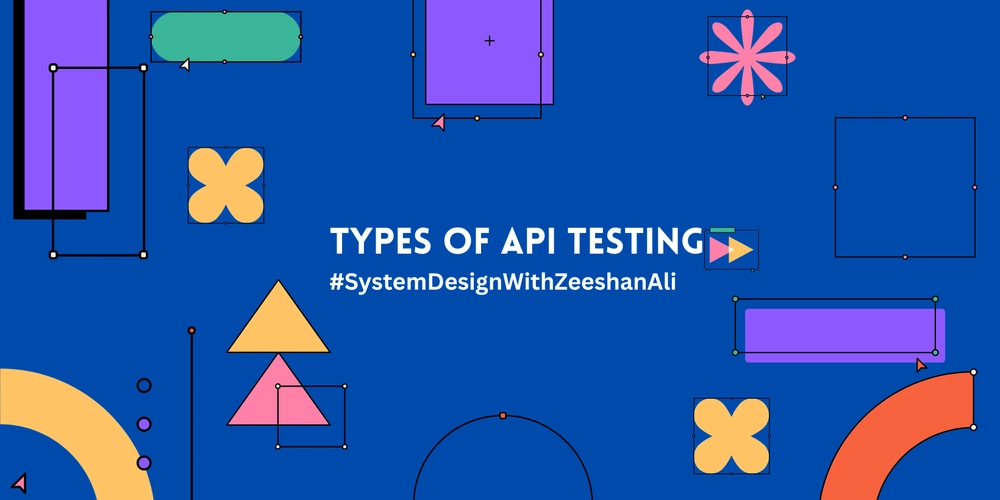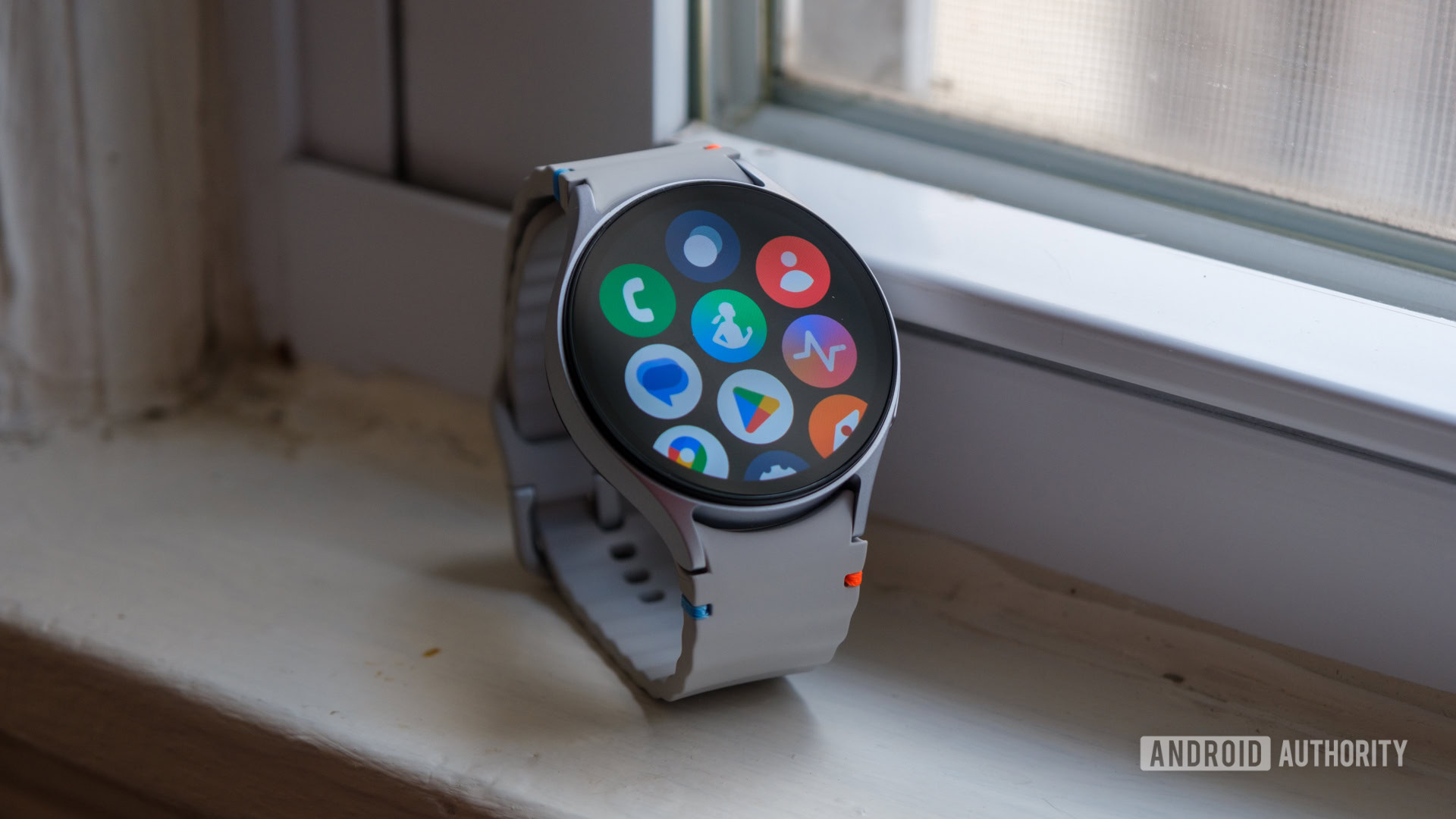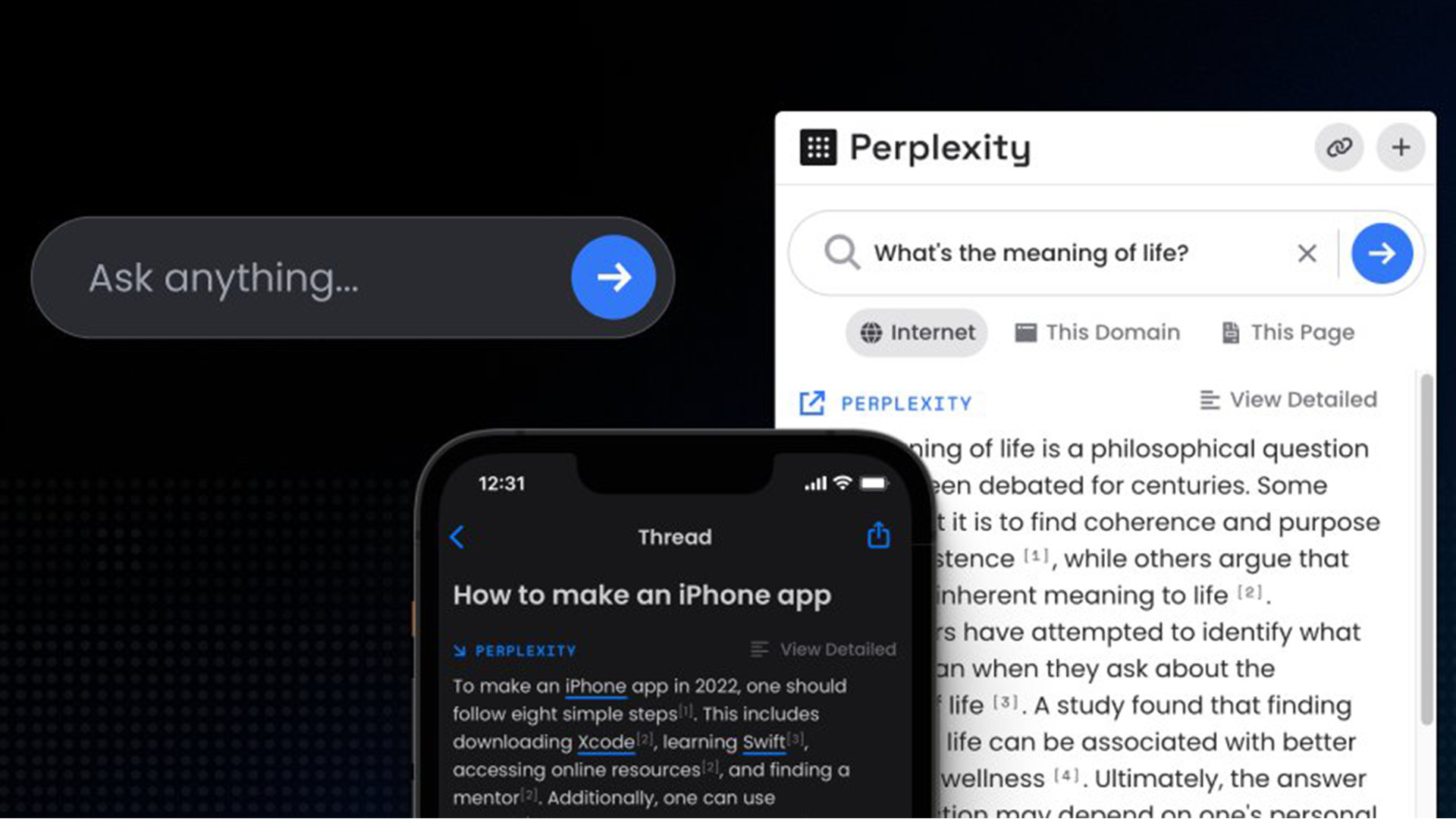Types of API Testing: A Comprehensive Guide
Table of Contents Introduction to API Testing 1. Smoke Testing 2. Functional Testing 3. Integration Testing 4. Regression Testing 5. Load Testing 6. Stress Testing 7. Security Testing 8. UI Testing (API Driven) 9. Fuzz Testing Conclusion Types of API Testing: A Comprehensive Guide Application Programming Interfaces (APIs) are the backbone of modern software architecture, allowing systems to communicate and share data seamlessly. API testing is critical for ensuring that these interactions are reliable, secure, and perform as expected. Various testing methodologies help validate different aspects of APIs. This article explores the most common types of API testing. 1. Smoke Testing Purpose Smoke testing is a quick, initial check to ensure that the basic functionality of the API is working. It’s often referred to as a “sanity check” and is typically run after a new build or deployment. What It Checks Basic connectivity to the API Key endpoints respond successfully (usually with HTTP 200) Authentication/authorization checks Example Sending a simple GET /health or GET /status request to confirm the API is up Making a sample request to a key business endpoint to verify it doesn't crash Best Practices Automate smoke tests and run them with every build Keep them fast and minimal 2. Functional Testing Purpose Functional testing verifies that the API performs its intended business logic as defined in the requirements. What It Checks Input/output behavior for each endpoint Status codes, headers, and response bodies CRUD operations (Create, Read, Update, Delete) Example Sending a POST /users with valid data and verifying a user is created Validating response structure (using JSON Schema) Best Practices Cover all possible use cases, including edge cases Use data-driven testing for wide coverage 3. Integration Testing Purpose This ensures that the API works correctly when integrated with other modules, services, or databases. What It Checks End-to-end data flow Communication between services Consistency of data across system boundaries Example Creating a user via POST /users and then retrieving it from a different service or database Verifying a downstream microservice is updated after an API call Best Practices Use stubs or mocks for external services where necessary Validate both upstream and downstream effects 4. Regression Testing Purpose Regression testing checks that new updates or bug fixes haven't broken existing functionality. What It Checks Previously working endpoints still function as expected No unexpected changes in response format, behavior, or performance Example Running a saved suite of tests after a new feature deployment Comparing current results with baseline snapshots Best Practices Maintain versioned test suites Use CI/CD to automate regression testing 5. Load Testing Purpose To assess how the API performs under expected user loads. What It Checks Response time under load Throughput (requests/sec) Resource utilization (CPU, memory, DB connections) Example Simulating 500 concurrent users calling GET /products Monitoring API latency and server metrics Best Practices Use tools like JMeter, Locust, or k6 Establish performance benchmarks 6. Stress Testing Purpose To determine how the API behaves under extreme or unexpected loads. What It Checks Maximum capacity of the API Behavior under heavy load or when the system crashes Graceful degradation or failure Example Sending 10,000 requests in a short burst to simulate a DDoS Observing if the API fails gracefully (e.g., returns 503 instead of crashing) Best Practices Set realistic failure thresholds Monitor logs and resource bottlenecks 7. Security Testing Purpose To verify that the API is protected from external threats and vulnerabilities. What It Checks Authentication and authorization Data encryption (HTTPS, tokens) SQL injection, XSS, CSRF Access control and rate limiting Example Trying to access an admin resource with a user token Injecting SQL into an endpoint like /search?q=' OR 1=1 Best Practices Use security scanning tools (e.g., OWASP ZAP, Burp Suite) Apply OAuth2, API keys, and input validation 8. UI Testing (API Driven) Purpose Although APIs are backend components, their output often affects the frontend. UI testing ensures the API-driven UI components work as intended. What It Checks API responses populate UI elements correctly UI shows proper error messages for failed API calls Example Verifying t

Table of Contents
Introduction to API Testing
1. Smoke Testing
2. Functional Testing
3. Integration Testing
4. Regression Testing
5. Load Testing
6. Stress Testing
7. Security Testing
8. UI Testing (API Driven)
9. Fuzz Testing
Conclusion
Types of API Testing: A Comprehensive Guide
Application Programming Interfaces (APIs) are the backbone of modern software architecture, allowing systems to communicate and share data seamlessly. API testing is critical for ensuring that these interactions are reliable, secure, and perform as expected. Various testing methodologies help validate different aspects of APIs. This article explores the most common types of API testing.
1. Smoke Testing
Purpose
Smoke testing is a quick, initial check to ensure that the basic functionality of the API is working. It’s often referred to as a “sanity check” and is typically run after a new build or deployment.
What It Checks
- Basic connectivity to the API
- Key endpoints respond successfully (usually with HTTP 200)
- Authentication/authorization checks
Example
- Sending a simple
GET /healthorGET /statusrequest to confirm the API is up - Making a sample request to a key business endpoint to verify it doesn't crash
Best Practices
- Automate smoke tests and run them with every build
- Keep them fast and minimal
2. Functional Testing
Purpose
Functional testing verifies that the API performs its intended business logic as defined in the requirements.
What It Checks
- Input/output behavior for each endpoint
- Status codes, headers, and response bodies
- CRUD operations (Create, Read, Update, Delete)
Example
- Sending a
POST /userswith valid data and verifying a user is created - Validating response structure (using JSON Schema)
Best Practices
- Cover all possible use cases, including edge cases
- Use data-driven testing for wide coverage
3. Integration Testing
Purpose
This ensures that the API works correctly when integrated with other modules, services, or databases.
What It Checks
- End-to-end data flow
- Communication between services
- Consistency of data across system boundaries
Example
- Creating a user via
POST /usersand then retrieving it from a different service or database - Verifying a downstream microservice is updated after an API call
Best Practices
- Use stubs or mocks for external services where necessary
- Validate both upstream and downstream effects
4. Regression Testing
Purpose
Regression testing checks that new updates or bug fixes haven't broken existing functionality.
What It Checks
- Previously working endpoints still function as expected
- No unexpected changes in response format, behavior, or performance
Example
- Running a saved suite of tests after a new feature deployment
- Comparing current results with baseline snapshots
Best Practices
- Maintain versioned test suites
- Use CI/CD to automate regression testing
5. Load Testing
Purpose
To assess how the API performs under expected user loads.
What It Checks
- Response time under load
- Throughput (requests/sec)
- Resource utilization (CPU, memory, DB connections)
Example
- Simulating 500 concurrent users calling
GET /products - Monitoring API latency and server metrics
Best Practices
- Use tools like JMeter, Locust, or k6
- Establish performance benchmarks
6. Stress Testing
Purpose
To determine how the API behaves under extreme or unexpected loads.
What It Checks
- Maximum capacity of the API
- Behavior under heavy load or when the system crashes
- Graceful degradation or failure
Example
- Sending 10,000 requests in a short burst to simulate a DDoS
- Observing if the API fails gracefully (e.g., returns 503 instead of crashing)
Best Practices
- Set realistic failure thresholds
- Monitor logs and resource bottlenecks
7. Security Testing
Purpose
To verify that the API is protected from external threats and vulnerabilities.
What It Checks
- Authentication and authorization
- Data encryption (HTTPS, tokens)
- SQL injection, XSS, CSRF
- Access control and rate limiting
Example
- Trying to access an admin resource with a user token
- Injecting SQL into an endpoint like
/search?q=' OR 1=1
Best Practices
- Use security scanning tools (e.g., OWASP ZAP, Burp Suite)
- Apply OAuth2, API keys, and input validation
8. UI Testing (API Driven)
Purpose
Although APIs are backend components, their output often affects the frontend. UI testing ensures the API-driven UI components work as intended.
What It Checks
- API responses populate UI elements correctly
- UI shows proper error messages for failed API calls
Example
- Verifying that data from
GET /productsappears correctly in a frontend grid - Testing a form that submits data via API
Best Practices
- Use tools like Cypress or Selenium with API mocking
- Combine API and UI tests for better coverage
9. Fuzz Testing
Purpose
To test how the API handles unexpected, malformed, or random data inputs.
What It Checks
- Robustness against garbage or unpredictable inputs
- System stability
- Unhandled exceptions
Example
- Sending a JSON payload with random keys and values to
POST /users - Using a fuzzing tool to generate invalid formats (e.g., binary, overlong strings)
Best Practices
- Automate with tools like RESTler or boofuzz
- Include both positive and negative fuzzing
Conclusion
API testing is a multi-faceted process that ensures reliability, functionality, and security across different stages of software development. Each type of testing serves a unique purpose and helps uncover issues early, leading to more robust and resilient systems. By combining smoke, functional, integration, load, and security tests—along with fuzz and regression checks—teams can deliver high-quality APIs that stand up to real-world demands.
More Details:
Get all articles related to system design
Hastag: SystemDesignWithZeeshanAli
Git: https://github.com/ZeeshanAli-0704/SystemDesignWithZeeshanAli








































































































































































![[The AI Show Episode 145]: OpenAI Releases o3 and o4-mini, AI Is Causing “Quiet Layoffs,” Executive Order on Youth AI Education & GPT-4o’s Controversial Update](https://www.marketingaiinstitute.com/hubfs/ep%20145%20cover.png)



























































































































































































































































































































































































![Apple Shares Official Teaser for 'Highest 2 Lowest' Starring Denzel Washington [Video]](https://www.iclarified.com/images/news/97221/97221/97221-640.jpg)

![Under-Display Face ID Coming to iPhone 18 Pro and Pro Max [Rumor]](https://www.iclarified.com/images/news/97215/97215/97215-640.jpg)

































































































